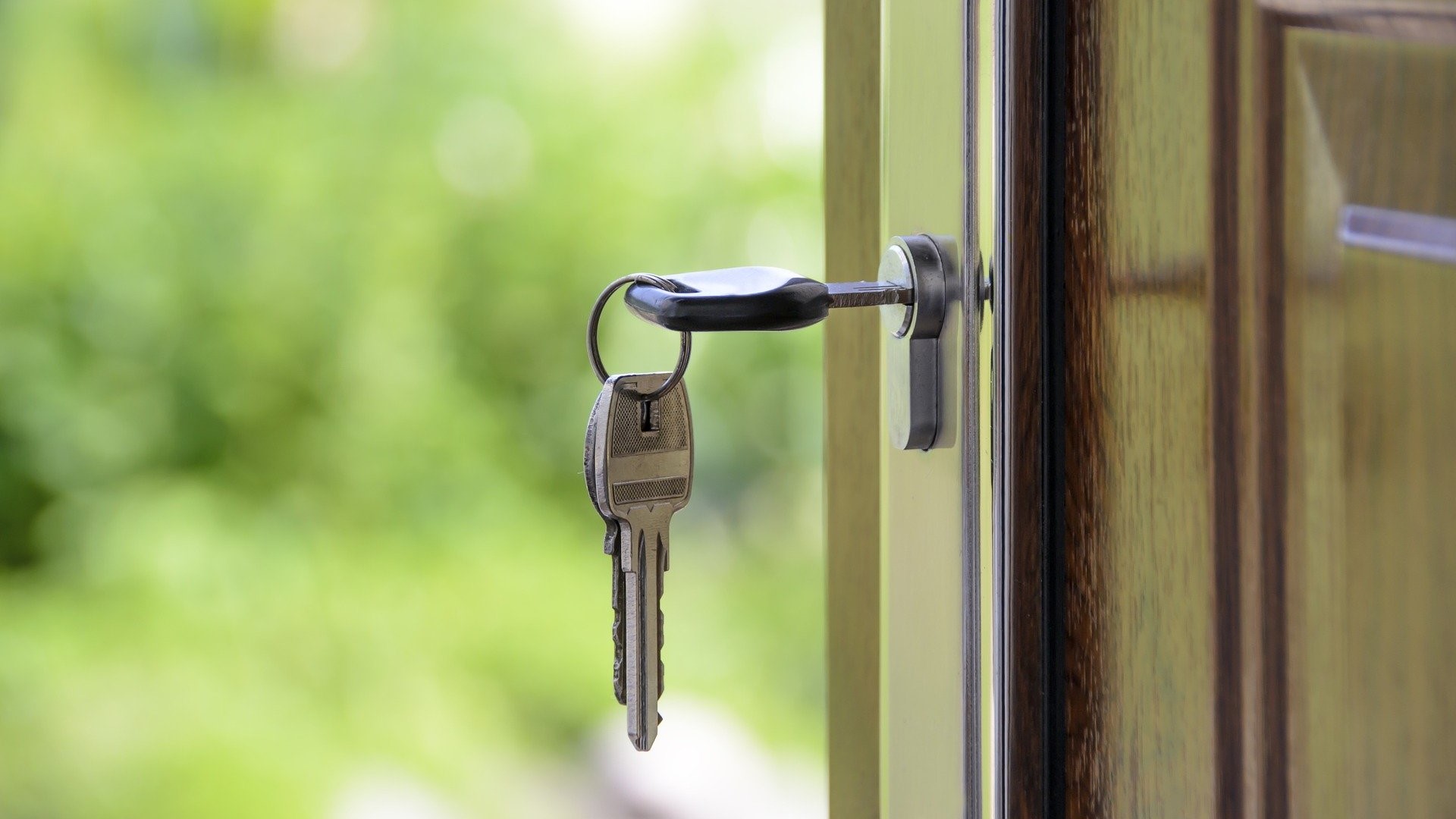Existing-home sales in the U.S. soared to their highest monthly total since 2006 in July as ultra-low mortgage rates continue to provide a catalyst for home buyers to make their move. According to the latest National Association of Realtors (NAR) data, the pace of purchases jumped by a record-high 24.7% last month, and were 8.7% higher compared with July 2019 - the 5.86 million purchases agreed were also the most recorded in a single month for 14 years.
What is more, home buyer activity is spiking across the U.S., with sales increasing in every region and median home prices growing in each of the four major regions from one year ago for the second consecutive month. The best truck rental for moving services will have been enjoying a brisk trade in the Northeast, where sales rocketed 30.6% on the previous month, and the typical price of existing-homes increased 4% from July last year to $317,800, while purchases in the Midwest jumped 27.5% month-over-month and prices surged 8% higher on a year earlier to $244,500.
Sales in the South also soared, rising by 19.4%, as prices leapt 9.9% to $268,500, while the West recorded a 30.5% increase in homebuyer activity as the median value of homes in the region jumped 11.3% higher year-over-year to $453,800.
Why are home sales booming?
Motivating prospective home buyers to act right now are the low mortgage rates that represent one of the few positives to result from the coronavirus pandemic and its impact on the U.S. economy. While mortgage rates may have recently started to rise, they are climbing from record low levels of sub-3%, which have allowed buyers to act more decisively on their home-moving plans.

At the same time, demand from homeowners eager to move has sharply bounced back from the malaise seen during the initial eruption of the pandemic in spring. And in many cases, COVID-19 is actually the reason that many people are reevaluating their housing priorities, both in respect of where they live and the type of home they want.
“With the sizable shift in remote work, current homeowners are looking for larger homes and this will lead to a secondary level of demand even into 2021,” said Lawrence Yun, NAR’s chief economist. “Luxury homes in the suburbs are attracting buyers after having lagged the broader market for the past couple of years. Single-family homes are continuing to outperform condominium units, suggesting a preference shift for a larger home, including an extra room for a home office.”
What about house prices?
While home buyers have been able to take advantage of the low rates available from the best mortgage lenders, many will have found the price tag on the properties they are viewing has been rising at the same time.
Indeed, national median home prices breached $300,000 levels for the first time ever in July, rising by 8.5% year-over-year to $304,100, amid a growing inequity of property supply versus demand. With total housing inventory amounting to 1.50 million units at the end of last month, down from both 2.6% in June and 21.1% from one year ago, eager buyers are finding they have an increasingly limited supply of existing houses from which to choose, and so are having to pay more to secure the move that they want.

“On the supply side of the market, this year’s shortfall is stunning,” said Jeff Tucker, an economist at Zillow. “Starting on March 26, we saw fewer listings than the same date a year ago, and levels have still not recovered. Cumulatively, Zillow saw just over three million new listings in those nearly five months of 2019, compared with about 2.5 million new listings this year. That shortfall alone goes a long way toward explaining why we now see about 400,000 fewer listings than this time last year.”
As to why homeowners appear reluctant to sell at present, Tucker says the pandemic and economic downturn are most likely to blame, and, in particular, concerns about the health risks of letting prospective buyers into one’s home while listed, and about the difficulty of finding another home when supply is relatively low.
What should prospective home buyers do?
If you’re considering moving home, the historic cheapness of the best mortgage deals means that financially there is unlikely to have ever been a better time to do so. While rates are no longer at the record lows where they sat a few weeks’ ago, the monetary motivations remain compelling. Low mortgage rates are helping buyers lock in savings for years to come, with Zillow calculating that a typical home bought with 20% down currently requires monthly principal and interest payments of $851. Even though the typical American home was about $11,000 cheaper a year ago, the higher mortgage rates at the time meant that the monthly payment of principal and interest of $882 was around 3.6% higher than now.

What you’ll need to bear in mind is that even the best refinance mortgage companies have had to alter their lending outlook slightly because of the coronavirus pandemic. As a result, almost all mortgage issuers are displaying more caution over who they lend to, mainly fearful of the income reprisals of borrowers losing their jobs and facing a concerted spell out of work.
Showing yourself to mortgage lenders in as attractive light as possible has therefore become key. This means finding all of your old mortgage paperwork in advance of making contact, and preparing the documents that a new lender will want to see, such as proof of employment and income, tax returns, bank statements, details of any debt you might have, and so on. Making sure your credit score looks as favorable as it can is essential too, so enlist the assistance of the best credit repair services if you need.
Crucially, remember that not all mortgage lenders will offer the same super-low rates - if you want to get the very best mortgage deal for you, shopping around is a must. Fortunately, comparison websites such as LendingTree make the mortgage arranging process far easier than it has ever been before, with a host of mortgage companies waiting to respond to your request for a mortgage quote once you’ve shared your details and borrowing requirements just the once. Choosing the mortgage offer that best suits you is almost the only task that remains after the offers have rolled in - besides packing your possessions and preparing for life in your new home, that is.


